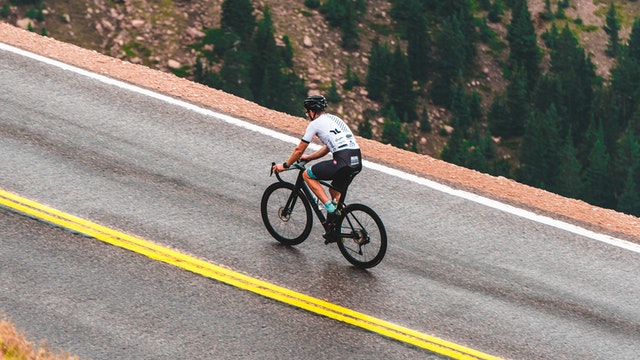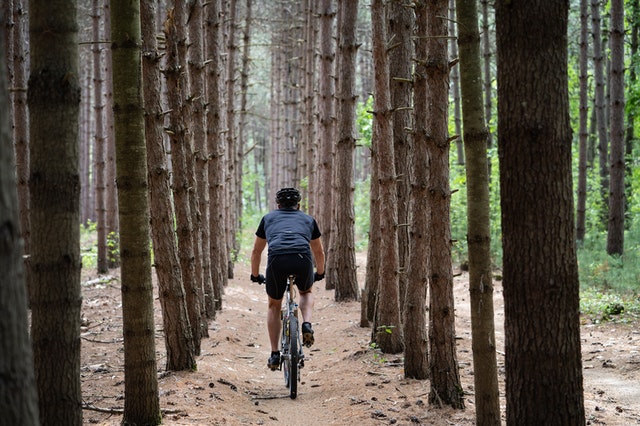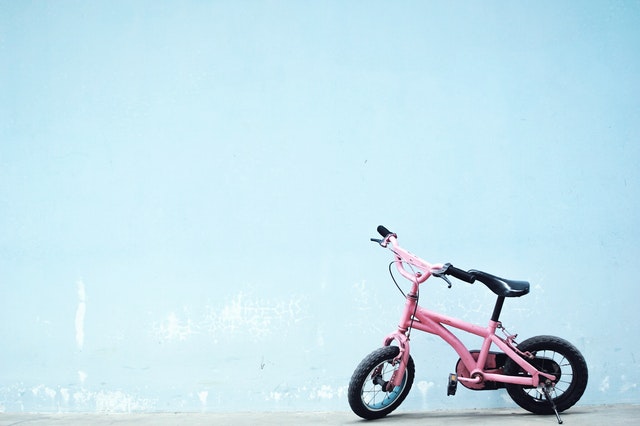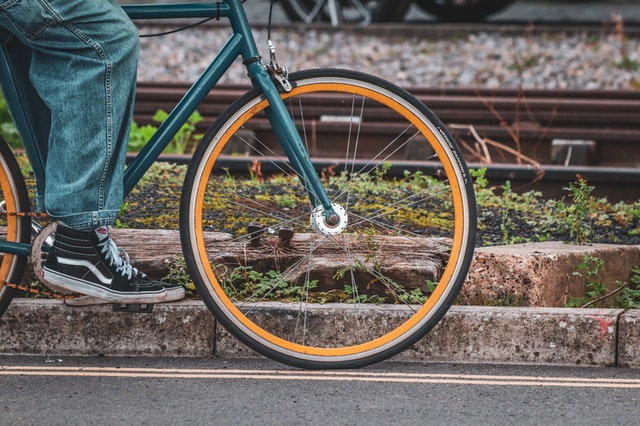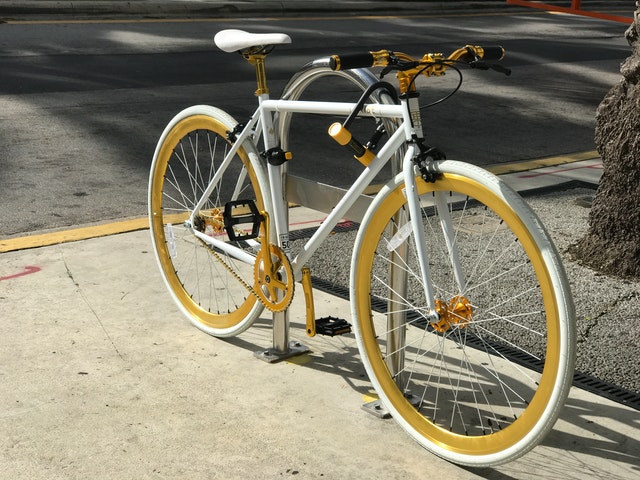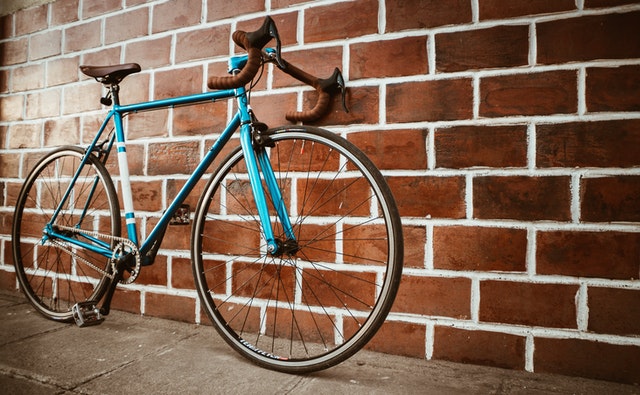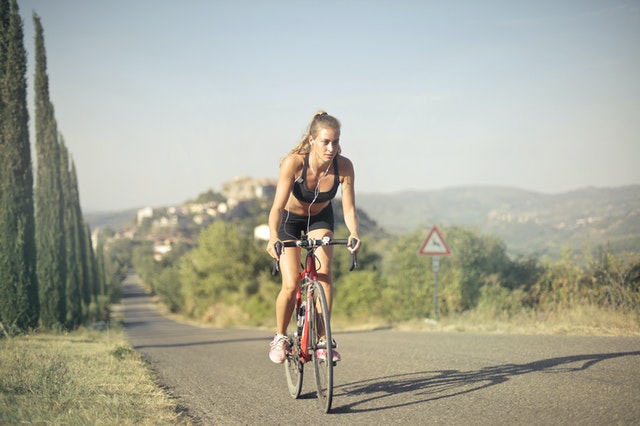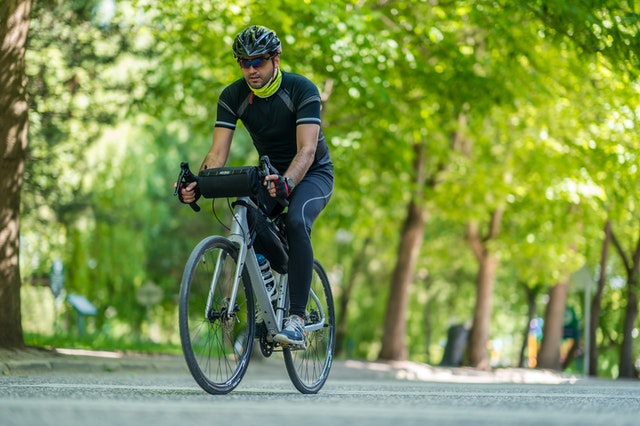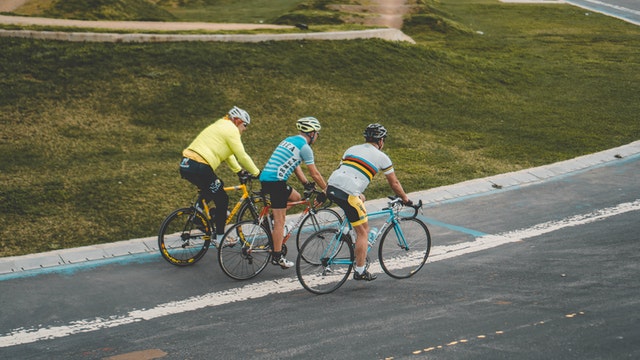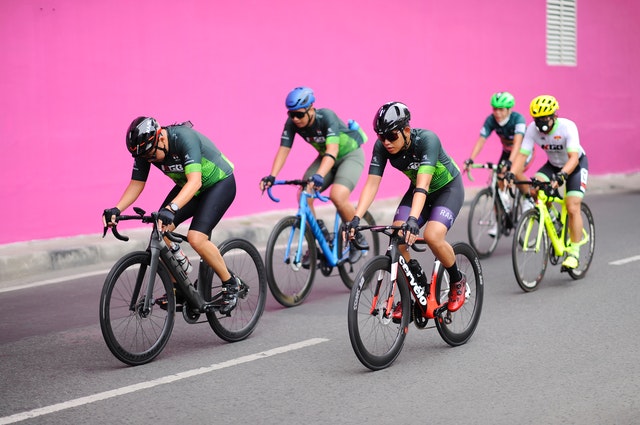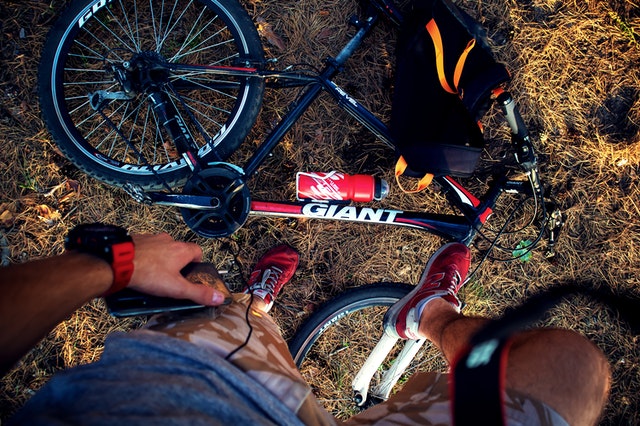Child, Mountain, Folding, Comfort and Cruiser Two-person Bikes
Is a tandem bicycle the right choice? Tandem bicycle features, advantages, disadvantages and alternatives.
Tandem bikes are two-person bikes, the “bicycle built for two” in that old song.
Two riders are seated one behind the other, on an otherwise conventional, stretched two-wheel bicycle. The front rider pedals and steers. The rear rider (the stoker) pedals and rests his hands on fixed handlebars. The front rider also controls the gear shift and brakes.
They can cost as little as $200 and reach over $1000. Popular brands include Kent (Dual Drive), Schwinn, Cannondale, Trek, Lamborghini, Bike Friday and Mantis.
Advantages of Tandem Bikes
Tandem bikes are rare enough to cause heads to turn and smiles to widen, wherever they go. Couples who like to wear matched T-shirts will enjoy the eye-catching, romantic aspect of a tandem.
Tandems are more than a symbol of couplehood. They do have practical advantages.
- The riders are closer to each other than when on separate bikes (where some separation is needed for safety). This allows the cyclists to converse more easily throughout the voyage.
- There is no problem in “keeping formation” especially when one rider is a lot stronger or faster than the other.
- People with limited vision or balance problems, or who are just plain nervous, can ride as the stoker. This is like tandem skydiving, allowing people who wouldn’t normally be able to ride, to enjoy cycling.
- The stronger rider can continue pedaling after the weaker rider is worn out. Folding foot-pegs can be installed for the tired stoker to rest his feet.
Child Tandem Bikes
Tandem bikes can also be used to cycle safely with a child. For this, the rear seat and horizontal bar needs to be low enough to suit the child.
For extra safety, such as with a special needs child, some tandems (example: Buddy Bike) are designed for the rear rider to steer and control the bicycle. This allows the adult to see the child at all times. The handlebars are longer than normal, to reach the rear rider. The front seat is built lower to fit a child.
Disadvantages of Tandem Bikes
Tandem bikes are long. This makes steering more difficult. Sharp, quick turns need to be avoided.
Fitting one into a car can be a challenge, even with the front wheel removed. Special roof-mount bicycle carriers are available for tandems. Multicycle and Bike Friday make folding tandem bikes.
How to Choose a Tandem Bike
There’s a tandem version of almost any type of bicycle, including recumbents. Tandem mountain bikes are available but tandem riding is more suited for on-road cruiser and comfort bikes.
Choosing a tandem bike is like choosing any other bicycle. Cyclists need to consider weight, cost, comfort, seat height, handlebar height, length, gearing ratios, wheel size, steel or aluminum frame, build quality and other factors. One additional factor to consider is whether there is a suitable place on the frame to install foot-pegs for the stoker.
On most tandems, both pedals are directly linked and cannot freewheel or coast independently of each other. Changing the pedal crank length is a simple way to accommodate riders of different physical ability, to a limited extent. Independent coasting tandems are rare but are available, as are tandems that allow independent gearing for both riders. Manufacturers include da Vinci Designs and Bilenky.
Cheap, simple and heavy steel tandems can go for as low as $200 to $300. These will be good enough for casual use, though some extra cash should be budgeted for a local bicycle mechanic to give the bike a tune-up and safety check. As long as the frame is sturdy, inferior parts can be slowly upgraded with standard bicycle parts as they wear out.
Alternatives to Tandem Bikes
Alternatives to tandems can be better for some situations.
- A front or rear child bike seat can be mounted on a standard bike to carry young children.
- A tow bar can be used to attach a child’s bicycle to a standard bicycle.
- A bike trailer is a single-wheeled rear half of a child’s bicycle, with a tow bar to attach to a standard bicycle.
- Surrey side-by-side bicycles with a canopy are like human-powered golf carts. They are ideal for golf courses and resorts. They may not be legal for street use.
Tandem Bikes Versus Conventional Two-wheelers
Tandem bikes can make cycling more fun.
They aren’t for everyone but anyone sitting on the fence should certainly give these unique bicycles a try. Bicycle-rentals in parks and other resort areas are a good way to test one out.
